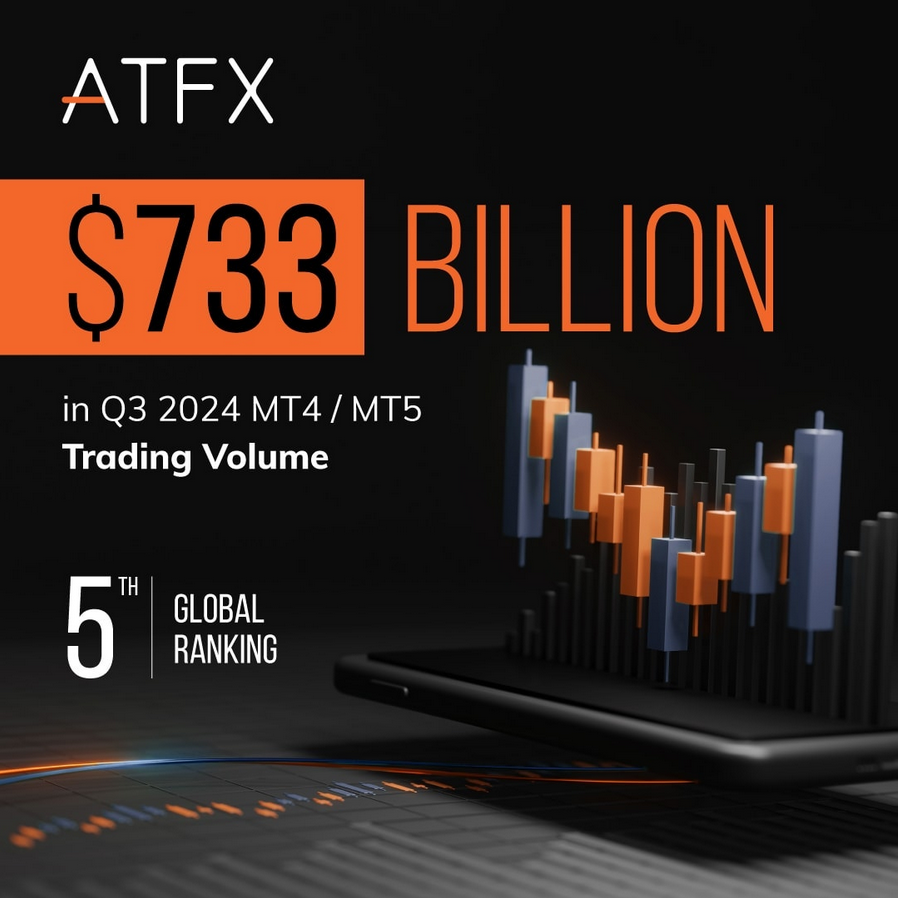As the dust settles from a subdued end to last week’s trading—largely shaped by the US Independence Day holiday—the global financial landscape now braces for a turbulent week ahead, with a mix of central bank decisions, key macroeconomic data, and intensifying geopolitical trade tensions. The spotlight shines brightly on President Trump’s July 9 tariff deadline, a moment that could reshape global trade expectations and investor risk appetite.
In parallel, the Reserve Bank of Australia (RBA) and the Reserve Bank of New Zealand (RBNZ) will each make crucial interest rate calls that could influence regional sentiment, while the Federal Reserve’s meeting minutes will provide insights into future US monetary policy. The UK and Canadian economies will also feature prominently with fresh GDP and jobs data, respectively. While the US jobs report from last week hinted at resilience, its composition sparked mixed interpretations, leaving traders cautious heading into a week where uncertainty may drive volatility across multiple markets.
Below is a comprehensive day-by-day breakdown of this week’s major economic and geopolitical events:
📅 Monday, 7 July 2025
- Markets will reopen to relatively calm conditions after the extended US weekend.
- With no major economic reports or central bank appearances scheduled across Asia, Europe, or North America, most investors are expected to adopt a wait-and-see approach.
- The quiet environment may give way to mild repositioning flows as traders adjust to last week’s payrolls report and prepare for the heavy midweek calendar.
- Light trading volume is expected, though underlying concerns about the approaching US tariff deadline may keep markets sensitive to political headlines.
📅 Tuesday, 8 July 2025
Asia-Pacific focus:
- The Reserve Bank of Australia (RBA) is widely expected to announce a 25 basis point rate cut, continuing its 2025 easing cycle. Should this occur, it would mark the third cut this year and may stoke renewed discussion about the state of the Australian economy.
- Reaction in local markets may also hinge on how the RBA frames its policy outlook, particularly in light of stubborn inflation and mixed domestic data.
Europe:
- A quiet session with no major economic data, although traders will continue watching for any signals from Brussels or London regarding ongoing tariff negotiations with Washington.
North America:
- Canada’s Ivey PMI reading is due, offering insight into economic sentiment north of the border.
- However, the broader focus will likely stay on political developments, as markets brace for tariff updates ahead of the Wednesday deadline.
📅 Wednesday, 9 July 2025
Tariff Deadline Day – High Global Market Risk
- This is arguably the most important day of the week. President Trump’s self-imposed deadline for finalizing reciprocal trade agreements with several major countries will expire.
- Any confirmed deals—or lack thereof—could lead to sudden market moves, particularly in equities, currencies, and commodities.
- Uncertainty prevails, with many deals still unfinished and a risk that new tariffs could be announced in bulk.
Asia-Pacific:
- Early in the day, China will release CPI and PPI data, offering a glimpse into the strength of domestic demand and inflationary pressures.
- The Reserve Bank of New Zealand (RBNZ) is scheduled to announce its interest rate decision. Most expect the bank to hold rates steady, maintaining its current stance after three cuts earlier this year.
Europe:
- The Bank of England (BoE) will publish the minutes from its most recent meeting. While no immediate policy change is expected, investors will parse the tone of the discussion for clues about inflation and growth expectations.
United States:
- The Federal Reserve will release minutes from its latest policy meeting. Markets will be eager to glean any indication of the Fed’s willingness to cut rates later this year—potentially in September—especially after mixed job market signals last week.
- The tone of these minutes may play a large role in setting near-term expectations for interest rate policy.
📅 Thursday, 10 July 2025
A relatively quiet day on the scheduled data front, particularly in Asia and Europe.
Asia-Pacific and Europe:
- No major reports or central bank announcements are planned, potentially allowing for a breather in markets unless tariff fallout from the prior day continues to reverberate.
United States:
- The weekly jobless claims report will be released, helping to assess labor market stability following last week’s jobs report.
- Several Fed officials, including Musalem, Waller, and Daly, are scheduled to speak throughout the day. Their remarks will be scrutinized for policy direction and reaction to recent data.
📅Friday, 11 July 2025
Asia-Pacific:
- No key economic releases are scheduled, leaving regional markets to react to overnight developments in Western economies and any lingering volatility from the tariff deadline.
Europe:
- The UK will release its May GDP data. Economists anticipate a modest recovery in economic activity, potentially confirming a stabilization in growth after a contraction in April.
North America:
- Canada will publish June employment data, with expectations for a slight uptick in the unemployment rate. The numbers will be closely followed for signals on labor market strength and potential implications for Bank of Canada policy.
- Given recent pressure on the Canadian dollar, this release may generate notable market movement if it surprises to either side.
Additional Context: Global Trade Tensions and Tariff Uncertainty
- This week’s most significant overhang is the uncertain outcome of the US-led tariff renegotiations, which have struggled to produce concrete deals ahead of the July 9 deadline:
- The UK and US have made partial progress, but no finalized agreement has been signed. Some tariffs were lowered, yet disputes remain on key exports like steel and pharmaceuticals.
- The EU proposed broad tariff concessions but still seeks exceptions for critical industries. A complete deal remains elusive, though a general framework may be announced.
- In Asia:
- Vietnam reportedly agreed to a reduced tariff structure, but the final agreement lacks clarity.
- Talks with Japan have deteriorated, with Trump threatening elevated tariffs amid criticism of Japan’s negotiation stance.
- Canada recently resumed talks after scrapping its digital services tax, while India has taken a firm stance, emphasizing national interest over imposed deadlines.
- Trump has vowed to begin issuing letters notifying countries of their new tariff rates, with rates potentially ranging from 10% to as high as 70%, though specific details remain vague.
- The sheer ambiguity of the situation could lead to substantial market swings, especially in equity, commodity, and foreign exchange markets. Markets will watch closely to see whether any last-minute deals materialize, whether extensions are granted, or whether a more aggressive tariff approach begins on August 1 as Trump hinted.
Summary of Key Events This Week
| Day | Region | Event |
|---|---|---|
| Monday | Global | No major events; markets reopen post-US holiday |
| Tuesday | Australia | RBA interest rate decision |
| Canada | Ivey PMI data | |
| Wednesday | China | CPI and PPI data |
| New Zealand | RBNZ interest rate decision | |
| UK | Bank of England meeting minutes | |
| US | Federal Reserve meeting minutes; Trump’s tariff deadline | |
| Thursday | US | Weekly jobless claims; Fed speakers (Musalem, Waller, Daly) |
| Friday | UK | GDP data |
| Canada | Employment data |









